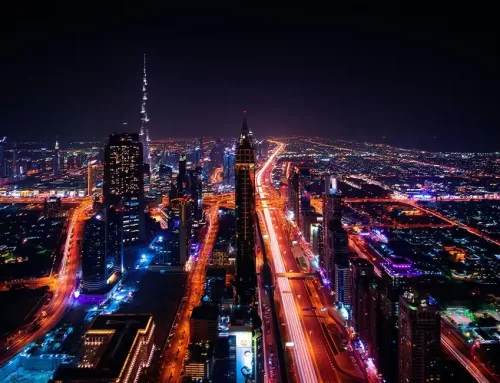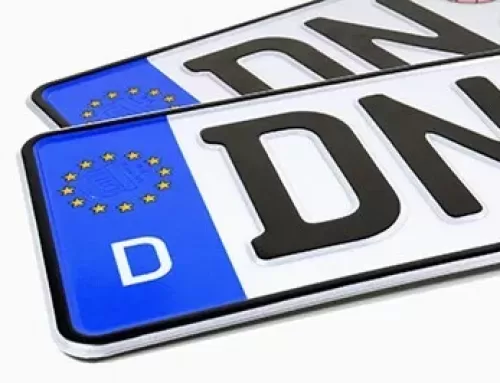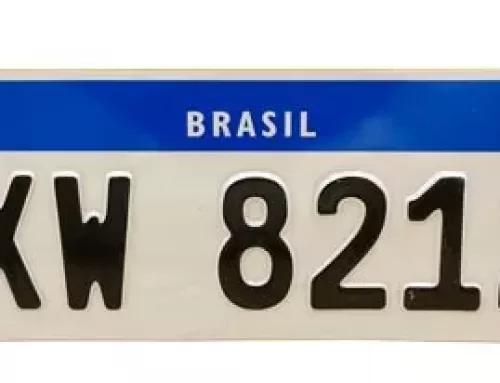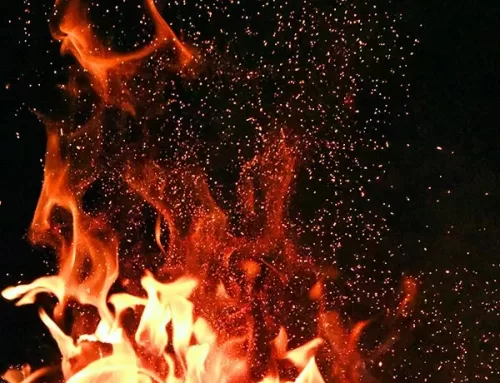Is reflective sheeting environmentally friendly?
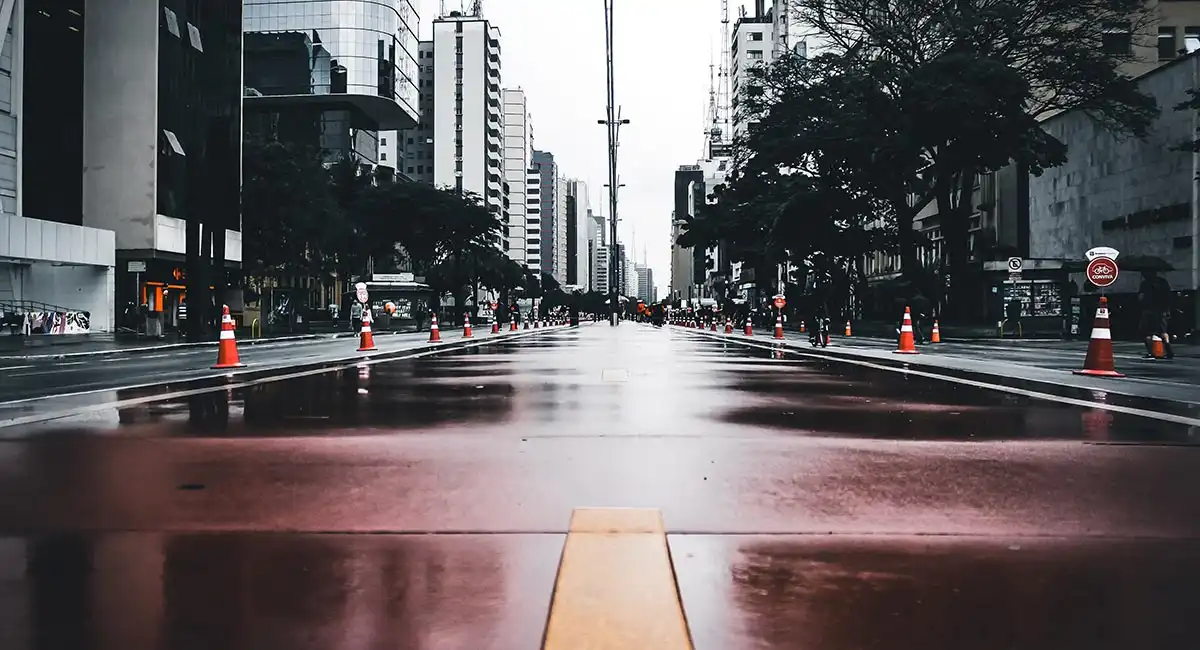
Is reflective sheeting environmentally friendly
The question of whether reflective sheeting is environmentally friendly can be confusing and frustrating. It’s one of the most important questions to ask yourself if you want to make an informed decision. There are many benefits to buying this material, but there are also many concerns. You should be able to find a company that can help you decide if it’s right for you.
Prismatic Tape and Sheeting
Prismatic tape and sheeting are used in a wide variety of applications. They are durable and resist chipping and tearing. They are also designed to be easy to apply. They are highly visible in all conditions. They are also available in a wide range of colours. This makes them an excellent choice for any application.
Prismatic reflective tapes and films use precision optics and ultra-precision mechanical technology to create a wide range of reflectivity. This allows for higher levels of reflectivity, better recognition and longer viewing distance. They are typically used for road signs on high quality motorways. They are also used for traffic delineators and roadworks.
Prismatic reflective tapes and sheets are also a more environmentally friendly option. The material contains no metal and is manufactured in one layer. It has a pressure sensitive adhesive. With proper maintenance, the sheeting can last for many years.
Prismatic reflective sheeting
High Intensity Prismatic (HIP) sheeting is an excellent choice for traffic signs because it offers impressive levels of visibility and durability. It is also designed to be environmentally friendly. The manufacturing process used to produce this type of product reduces emissions by 97 per cent. This is a far more efficient process than the traditional method of dipping aluminium sheets in a solvent.
Engineer Grade Prismatic Reflective Sheeting, on the other hand, is not quite as effective. The film consists of a durable acrylic overlay with a pressure-sensitive adhesive backing. However, it does offer a brighter appearance at night and more even visibility during the day.
In terms of durability, high-intensity prismatic signs are typically good for around eight to ten years. However, they are not recommended for critical areas. Non-reflective signs, on the other hand, are more durable, lasting around three to five years. They are also less expensive.
Prismatic reflective tape is a more environmentally friendly option. As well as bouncing focused beams of light in multiple directions, it is manufactured using multiple strips of precision optics. It is also designed for flat surfaces and gentle curves.
Reflective sheeting applications
Reflective sheeting is a special type of reflective material used to improve the visibility of signs, traffic cone collars, post bands and barriers. These products are highly reflective, allowing drivers to see them at night. They can also be applied to other materials such as wood, plastic or acrylic and to portable signs. It is considered environmentally friendly because it saves energy by not generating light.
The global reflective sheeting market is expected to grow at a CAGR of 2.4% from 2016 to 2022. An increase in the production and use of vehicles and the safety apparel industry is expected to drive growth. Several governments have launched initiatives to upgrade infrastructure, expand transport systems and improve driver visibility. In addition, new innovations and technological developments are expected to drive growth.
Key players in the global reflective sheeting market include 3M, Oraful Europe GmbH, Nippon Carbide Industries Co., Ltd. and XW Reflective, Inc.
